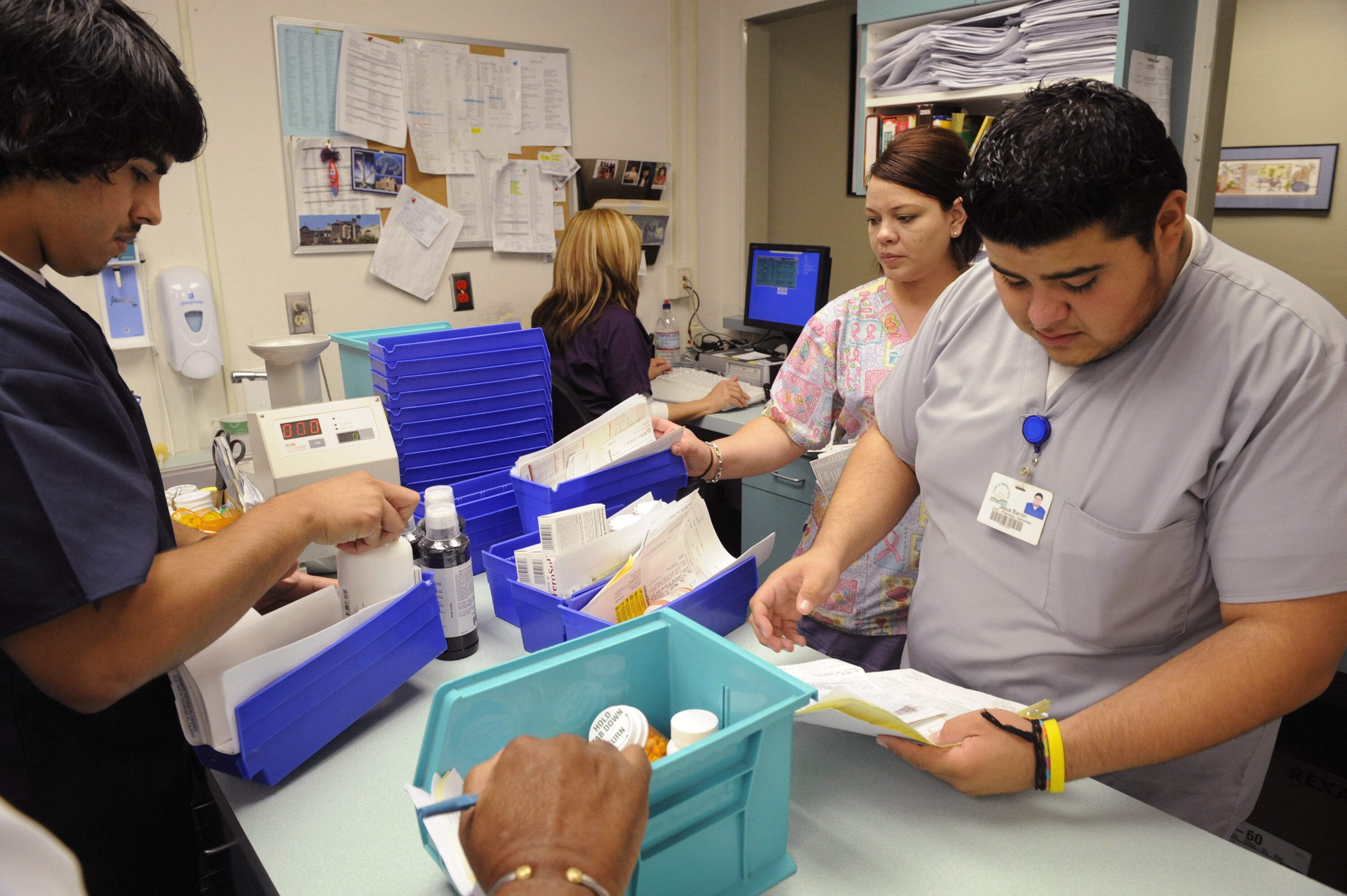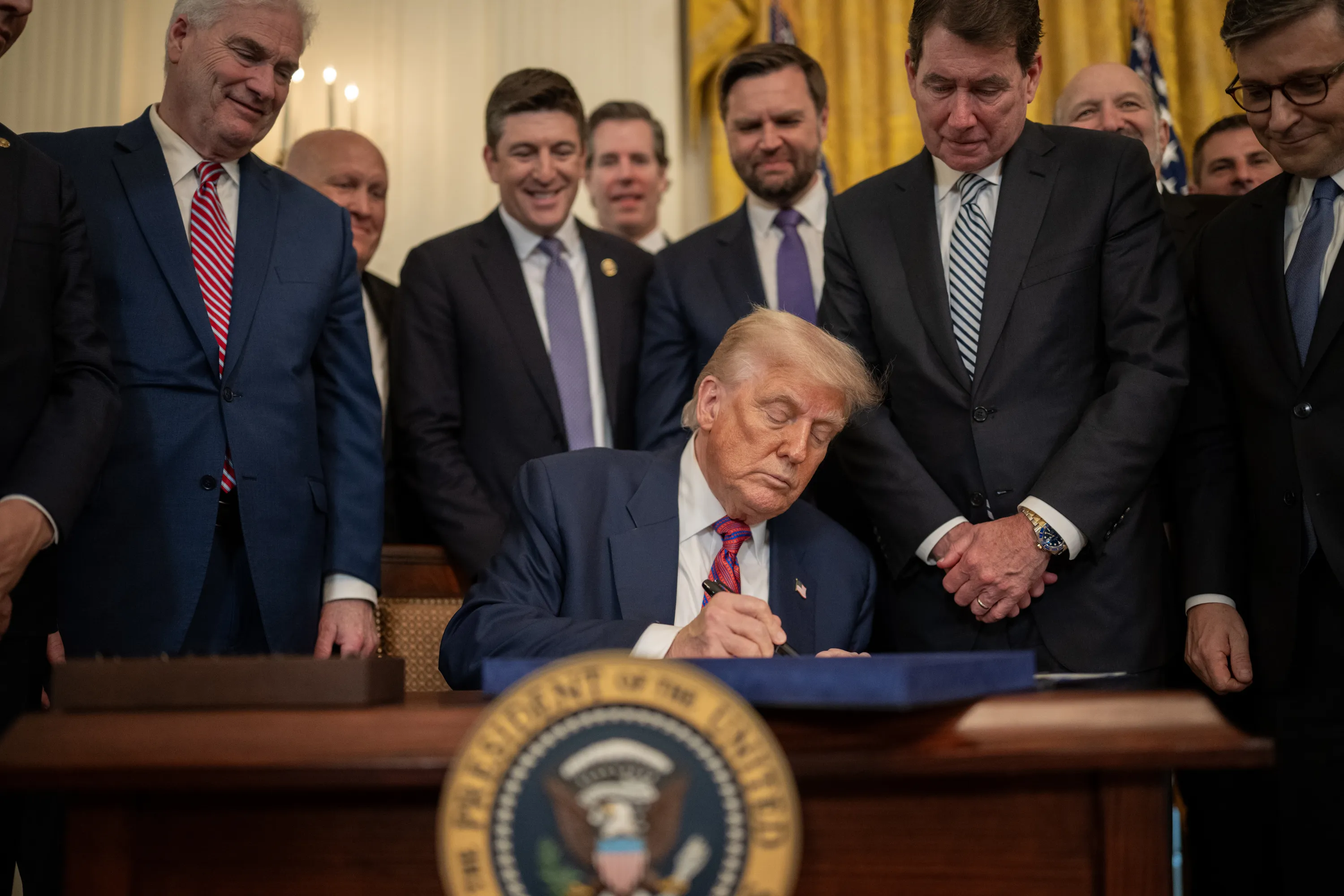Here's how much the US is spending on gunshot wounds every year

A recent study has found that a gunshot victim can rack up over $5,000 in emergency room costs.
Image: REUTERS/Charles Platiau
Stay up to date:
United States
Gun injuries account for $2.8 billion in emergency room and hospital charges in the United States each year, according to a study published Monday in the journal Health Affairs.
The typical gunshot victim can expect to rack up over $5,000 in emergency room costs, according to the study. If the injury is severe enough to warrant a hospital stay, the average cost balloons to nearly $100,000. And over 40 percent of gunshot victims lack insurance to pay for their care.
The study examined eight years of data from the Healthcare Cost and Utilization Project Nationwide Emergency Department Sample, a nationally representative database of U.S. emergency department admission data. In line with other research, it found American gunshot victims are overwhelmingly male (89 percent), young (61 percent under the age of 30) and poor (over half are from the lowest income quartile).
Nearly half (49.5 percent) of gunshot injuries are the result of an assault by another individual. Most of the remaining injuries happen unintentionally (35.3 percent), while legal interventions (officer-involved shootings) account for 2.4 percent.
Suicide attempts make up a relatively small fraction (5.3 percent) of emergency department gunshot cases, primarily because more than 80 percent of firearm suicide attempts end in death and people found dead are typically not taken to the hospital.
For this reason, the authors stress that their study is far from a complete account of the toll of gun violence in the United States. “Patients who died before reaching the hospital . . . were excluded” from the study, they write, as were patients who did not seek treatment for their wounds.
The authors identify a number of policy implications in their paper. First, experts know how to reduce the burden of gun violence — universal background checks would be a good start. “Multiple studies have demonstrated that background checks — particularly among people with mental illness, fugitives, and those with a history of misdemeanors — have reduced rates of suicide and homicide,” the authors write.
Second, attempts to treat gun violence exclusively as a mental-health problem are likely to come up short. Fewer than 7 percent of the patients in the study had a diagnosed mental-health disorder. While expanding mental-health treatment may help reduce suicide attempts, it “would have a limited impact on the overall burden of firearm-related injuries.”
Finally, policymakers are making the problem of gun violence worse by severely restricting gun research and failing to implement proven violence-reduction policies, such as the aforementioned universal background checks.
“Although numerous previous studies have identified and proposed effective interventions to limit firearm-related violence,” the authors conclude, “efforts to reduce firearm-related injuries have been limited as a result of the politicized environment surrounding gun violence and a lack of will to consistently implement proposed policies.”
Don't miss any update on this topic
Create a free account and access your personalized content collection with our latest publications and analyses.
License and Republishing
World Economic Forum articles may be republished in accordance with the Creative Commons Attribution-NonCommercial-NoDerivatives 4.0 International Public License, and in accordance with our Terms of Use.
The views expressed in this article are those of the author alone and not the World Economic Forum.
Forum Stories newsletter
Bringing you weekly curated insights and analysis on the global issues that matter.
More on Economic GrowthSee all
Muhammad Osama Khan and James Balzer
September 18, 2025
Eric White and Elia Tziambazis
September 18, 2025
Lars Holmquist
September 17, 2025
Dante Disparte
September 17, 2025
Hazuki Mori and Luigi Scatteia
September 17, 2025
Mekhla Jha
September 15, 2025





